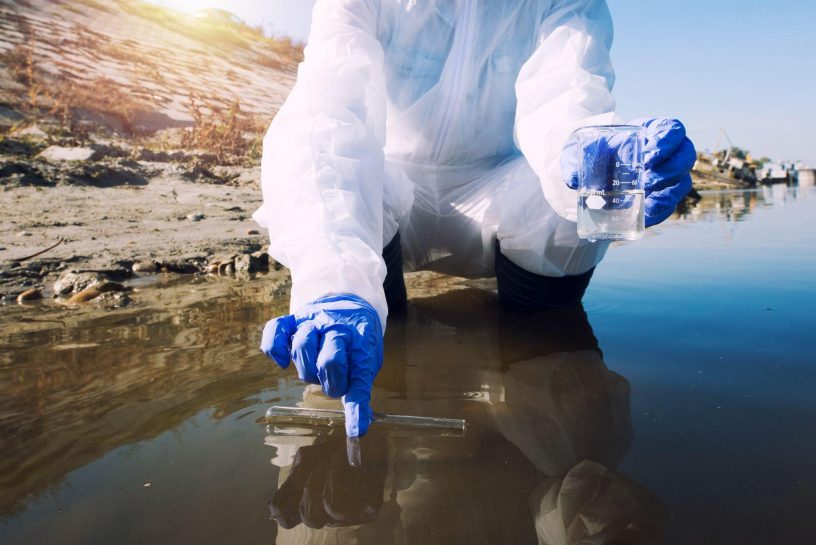
For removal of micropollutants from water, hybrid biofilm reactors and membrane bioreactors can be utilized, say researchers from Jindal School of Environment and Sustainability at O.P. Jindal Global University
Authors:
Abhiroop Chowdhury, Jindal School of Environment and Sustainability, O.P. Jindal Global University, Sonipat, Haryana.
Aliya Naz, Department of Environmental Science & Engineering, Indian School of Mines, Dhanbad, Jharkhand, India.
Brijesh Kumar Mishra, Department of Environmental Science & Engineering, Indian School of Mines, Dhanbad, Jharkhand, India.
Summary
This study by researchers at O.P. Jindal Global University in Haryana and Indian School of Mines in Jharkhand explores the utility of microbe based technology to treat different organic and inorganic pollutants from contaminated water.
The research gains significance in view of the fact that contaminated water with various pollutants is the major concern of environmentalists in the present scenario. Besides impacting human health adversely, polluted water can affect the whole ecosystem.
Industrial developments, agriculture patterns, construction processes and unsustainable mining have contributed to higher levels of pollutants in most of the freshwater bodies across the globe.
After an extensive review of existing studies on different biological systems, the researchers concluded that microbial remediation systems can be utilised for removal of a wide range of pollutants such as heavy metals, phenols, herbicide, pesticides, micro plastics — polyethylene and polystyrene — from waste water.
Hybrid biofilm reactors and membrane bioreactors are particularly useful for removing micro-pollutants, according to the study. The review explain how various organic and inorganic micro-pollutants can be degraded under membrane and integrated membrane bioreactor systems.
The researchers argue that microbial bioreactors are comparatively better than other traditional methods as they do not require large space to install, are easy to use, and require modest maintenance.
“Commercialization of microbe base bioremediation process would be effective as well as economically feasible,” the researchers said.
“Future research can be focused on fine tuning and scaling up of these lab scale microbial remediation systems for more cost effectiveness and applicability for wider industrial use,” they added.
While hybrid biofilm reactors and membrane bioreactors can be utilized for the removal of micro-pollutants, anaerobic bioreactors are more efficient in treating wastewater having high concentration of organic matter, concludes the study.
Published in: IOP Conference Series: Earth and Environmental Science, Volume 796
To read the full research paper, please click here


